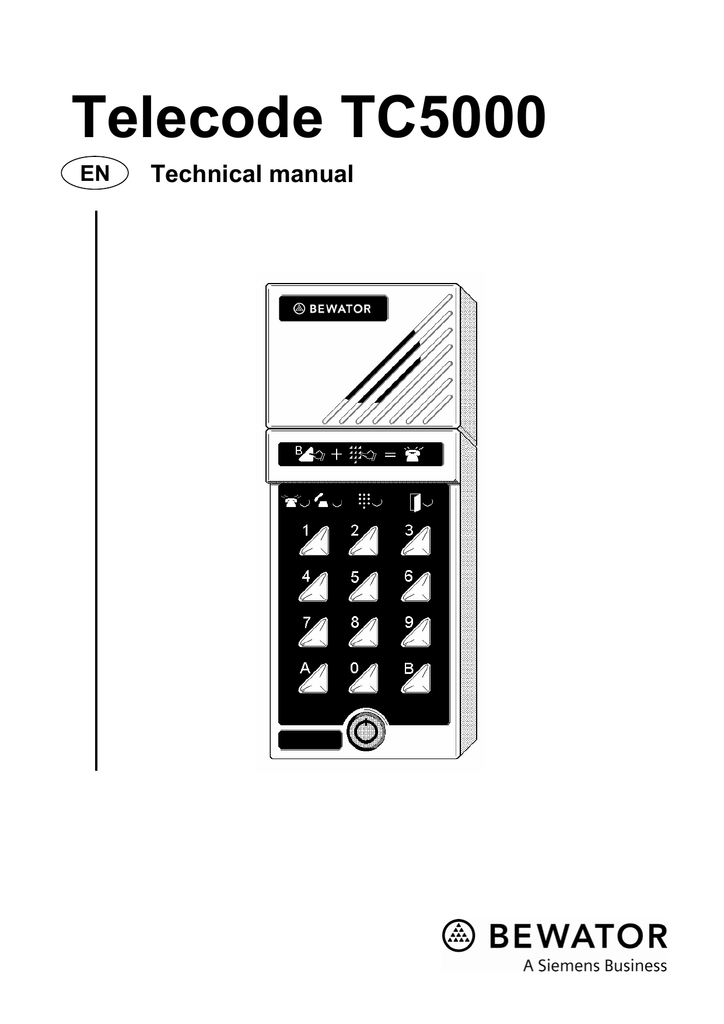Unlock the Mystery: What's a Telecode and Why It Matters for Your Device. In today's digital age, understanding various codes and their functions is crucial to managing our technological devices effectively. One such code that has been gaining attention is the telecode. This seemingly simple term holds significant importance in different contexts, from banking security to character encoding systems. Let's delve deeper into what exactly a telecode is and why it matters for your device.
A telecode serves as a unique identifier or access key in various applications. Whether you're filling out forms like the DS-160 or trying to log into your bank account via phone banking, knowing about telecodes can make these processes smoother. Understanding its role not only enhances user experience but also ensures better security measures are in place when handling sensitive information online or offline. So let's explore further how this concept impacts modern-day operations across multiple platforms.
What is telecode? A telecode is essentially a four-digit number assigned to represent non-Latin characters within specific encoding systems. These numbers play an essential role in bridging language barriers by allowing computers worldwide to communicate using standardized formats regardless of regional differences in alphabets. Discovering whether there exists a telecode corresponding with one’s name becomes particularly relevant while completing official documentation such as visa applications through forms like DS-160 where accurate representation matters greatly.
Understanding Character Encoding Systems
Telecodes were primarily developed as character encodings for non-Latin scripts. They enable the conversion of complex alphabets into manageable numerical representations that computers can interpret easily. This system facilitates global communication by ensuring compatibility between diverse languages on digital platforms. When asked if you have a telecode representing your name during official procedures, it refers to whether your personal details require special encoding due to non-Latin script usage.
In practice, individuals whose names include characters outside standard English letters might need to provide their corresponding telecode equivalents. For instance, someone named Алиса (Alice) written in Cyrillic would benefit from identifying her name's appropriate telecode mapping before submitting documents requiring precise translations. Such steps ensure accuracy and prevent potential errors caused by misinterpretation of foreign scripts during automated processing stages.
As globalization continues expanding digitally, understanding character encoding methods like telecodes remains vital for seamless interactions across cultures and technologies alike. By familiarizing oneself with these concepts early on, users can avoid complications down the line when dealing with international transactions or bureaucratic formalities involving multilingual data entry requirements.
Secure Banking Access Codes
In addition to character encoding, telecodes hold significance in secure banking practices. Specifically, they refer to the four-to-seven digit numbers issued by banks like ANZ for accessing phone banking services securely. These codes act as additional layers of protection against unauthorized access attempts, safeguarding customer accounts from fraudulent activities. Customers must keep them confidential at all times since sharing could compromise account security significantly.
For example, suppose someone receives a call claiming to be from their bank asking for both card numbers and telecodes simultaneously. In that case, it should raise immediate red flags because legitimate institutions never request such sensitive information directly over calls or messages. Instead, customers should independently verify requests through official channels provided by their respective financial service providers to maintain robust cybersecurity protocols.
Moreover, having separate activation codes linked specifically to mobile banking adds another dimension of control over individualized digital experiences offered today. Thus, maintaining awareness regarding proper utilization of these tools empowers consumers to protect themselves better amidst increasing cyber threats targeting personal finances globally.
Historical Use in Communication Technologies
Historically, Chinese Commercial Code or Telegraphic Code served as precursors to modern telecodes in facilitating long-distance communications involving non-Roman scripts. Before electronic transmission became widespread, operators relied heavily upon pre-established numeric mappings correlating specific phrases or words within particular linguistic frameworks. This methodology streamlined message delivery even under challenging conditions where direct translation wasn't feasible without prior agreed-upon conventions.
Today, although advancements in technology have largely rendered traditional telegraphic codes obsolete, their foundational principles continue influencing contemporary approaches towards efficient data exchange mechanisms. As new challenges arise concerning cross-cultural interoperability among emerging tech ecosystems, revisiting past solutions may offer valuable insights applicable toward addressing current issues surrounding inclusive design practices aimed at accommodating varied user needs universally.
Ultimately, recognizing the historical context behind developments like telecodes enriches our appreciation of ongoing innovations designed to foster greater connectivity across borders while preserving cultural diversity within digital landscapes evolving rapidly around us every day.

